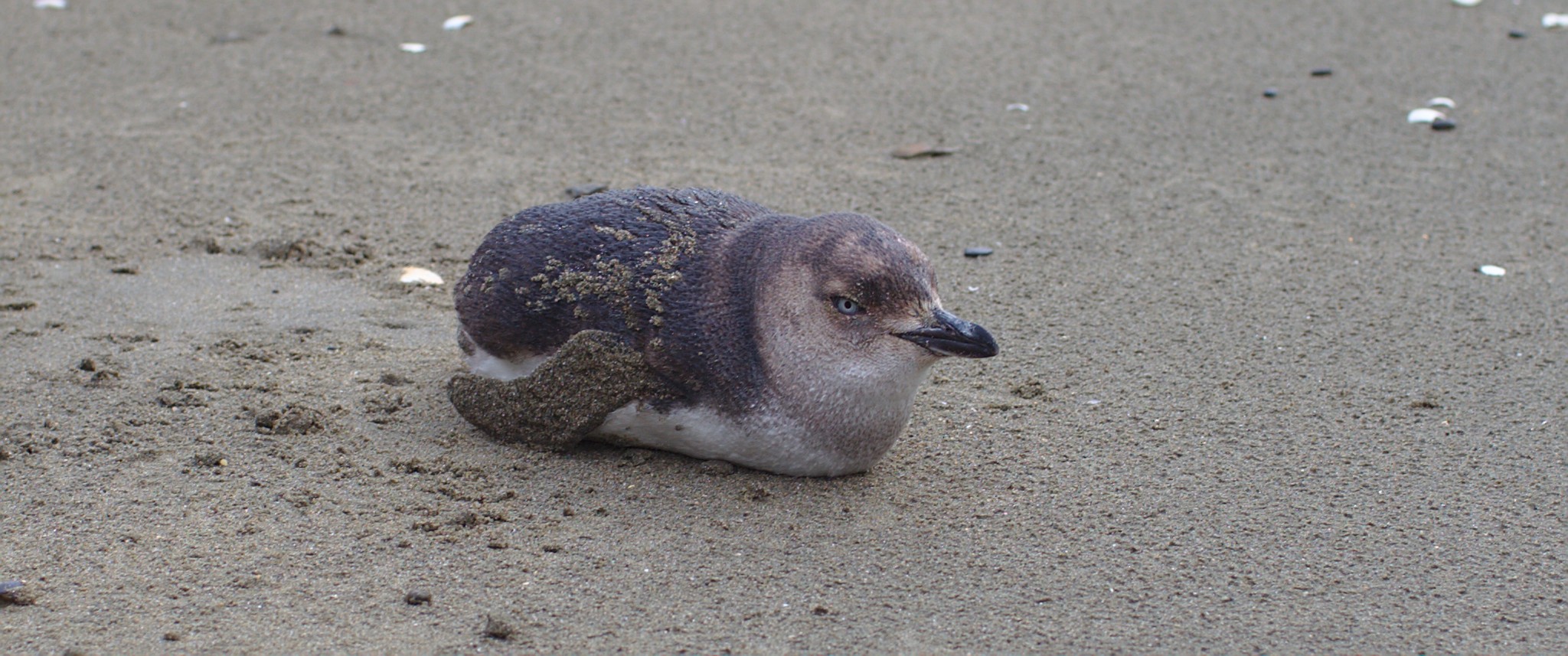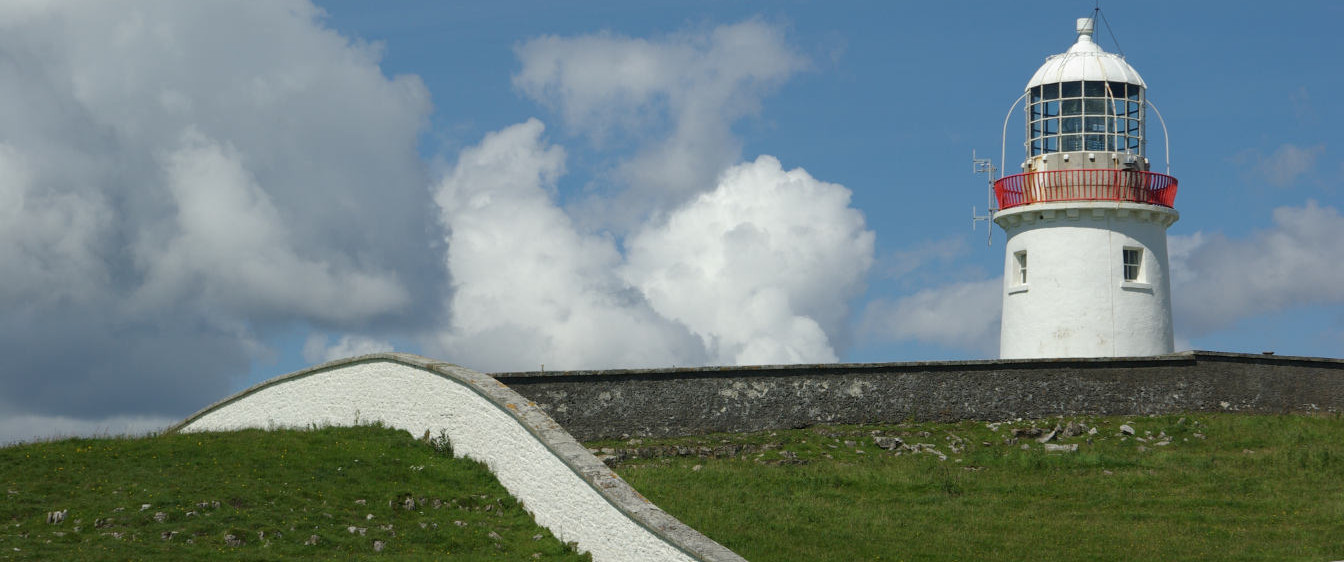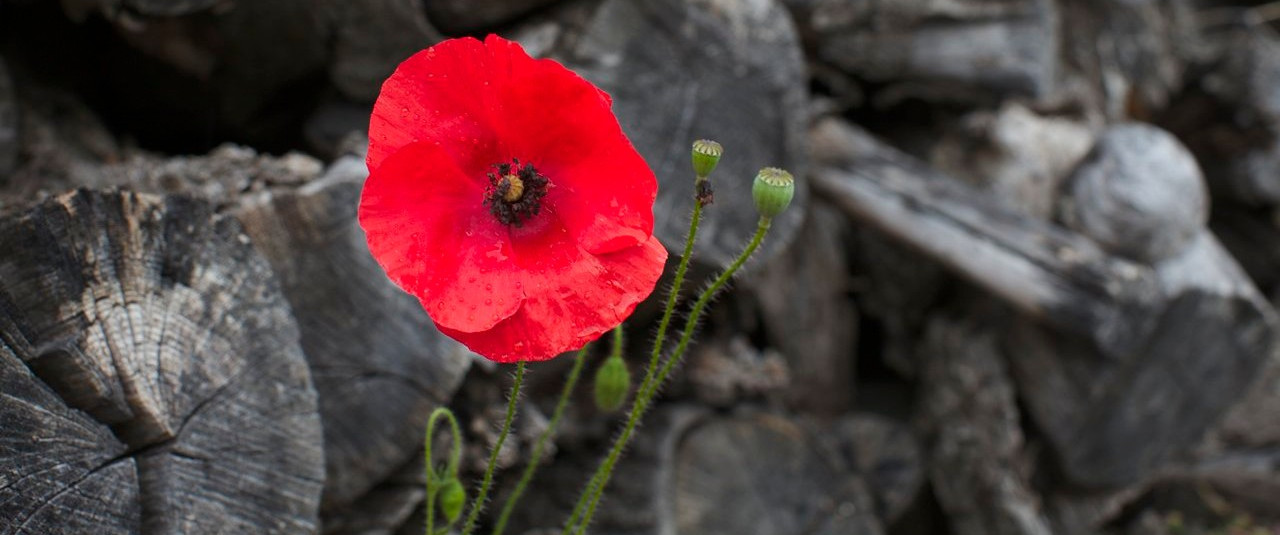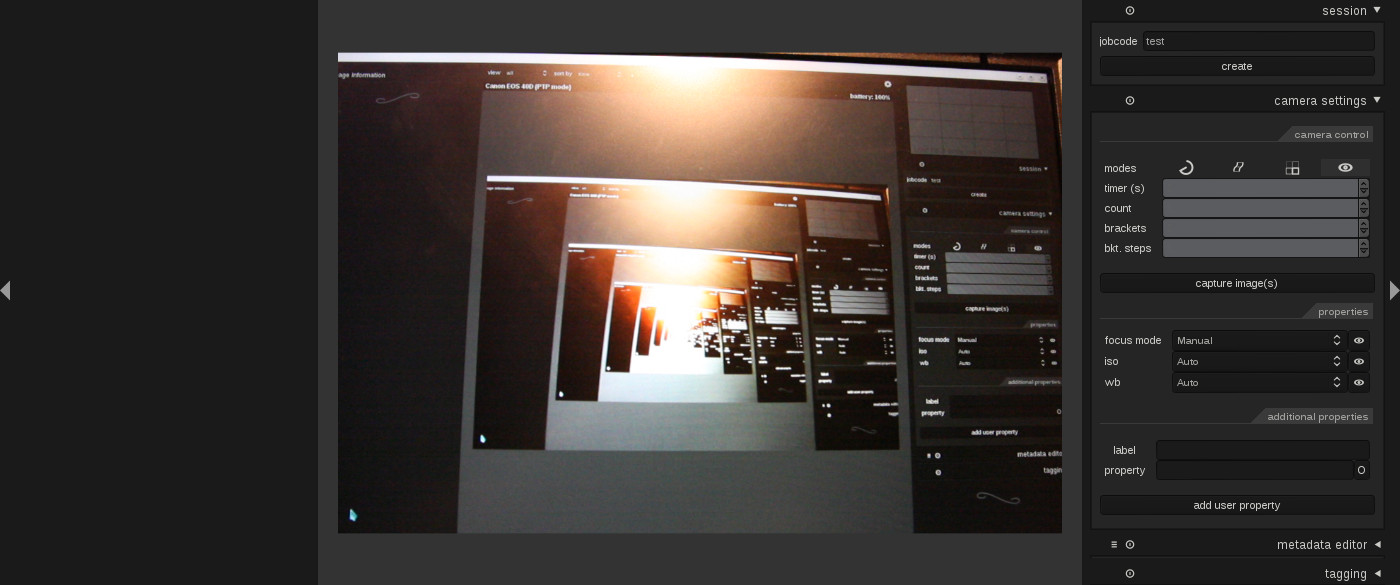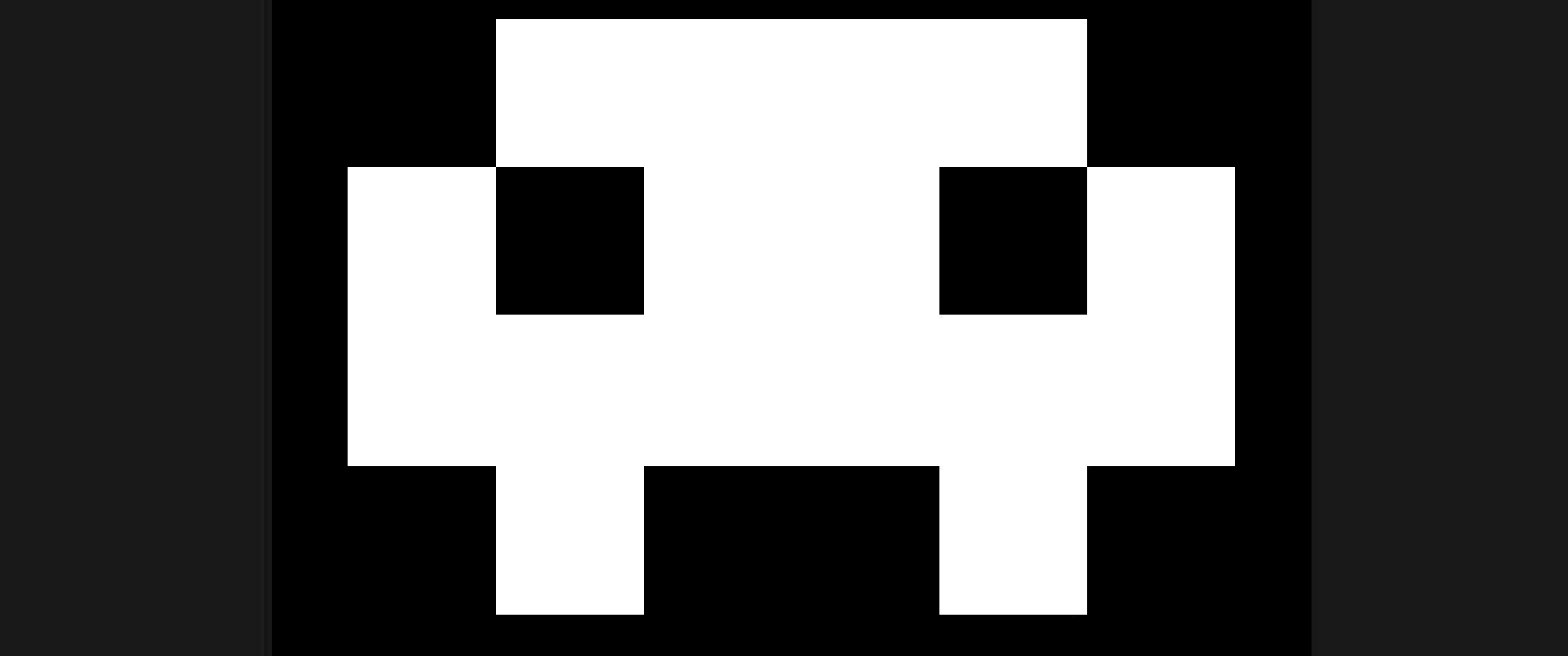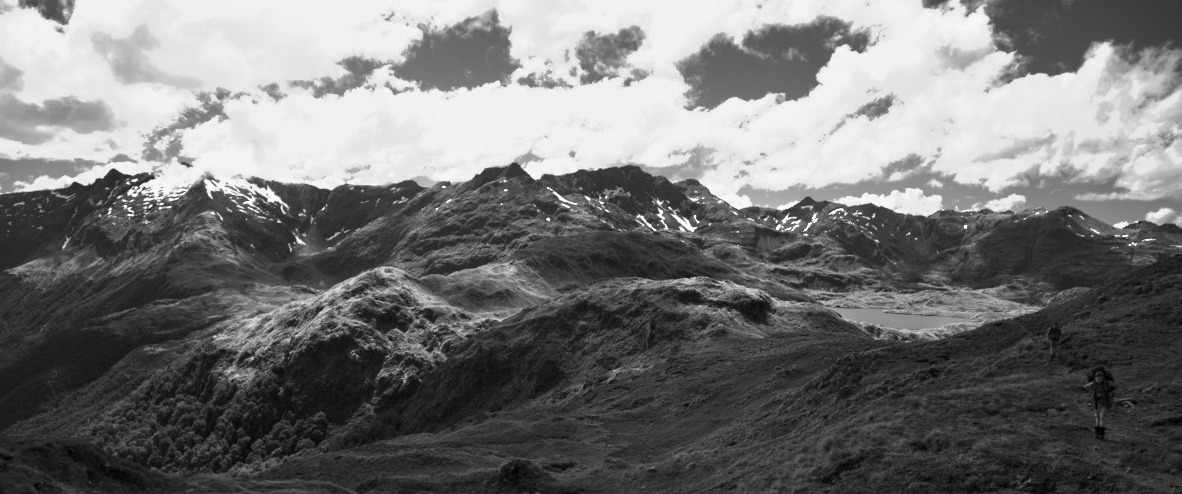A new year is coming on us quickly, so how about a nice new website to go with it?
Baby New Year from 110 years ago … houz and I have been working hard over the past few months to migrate the old website from Wordpress to a new static site, using Python/Pelican. This should make things more secure and safer for both you and us (see the problems that rawsamples.
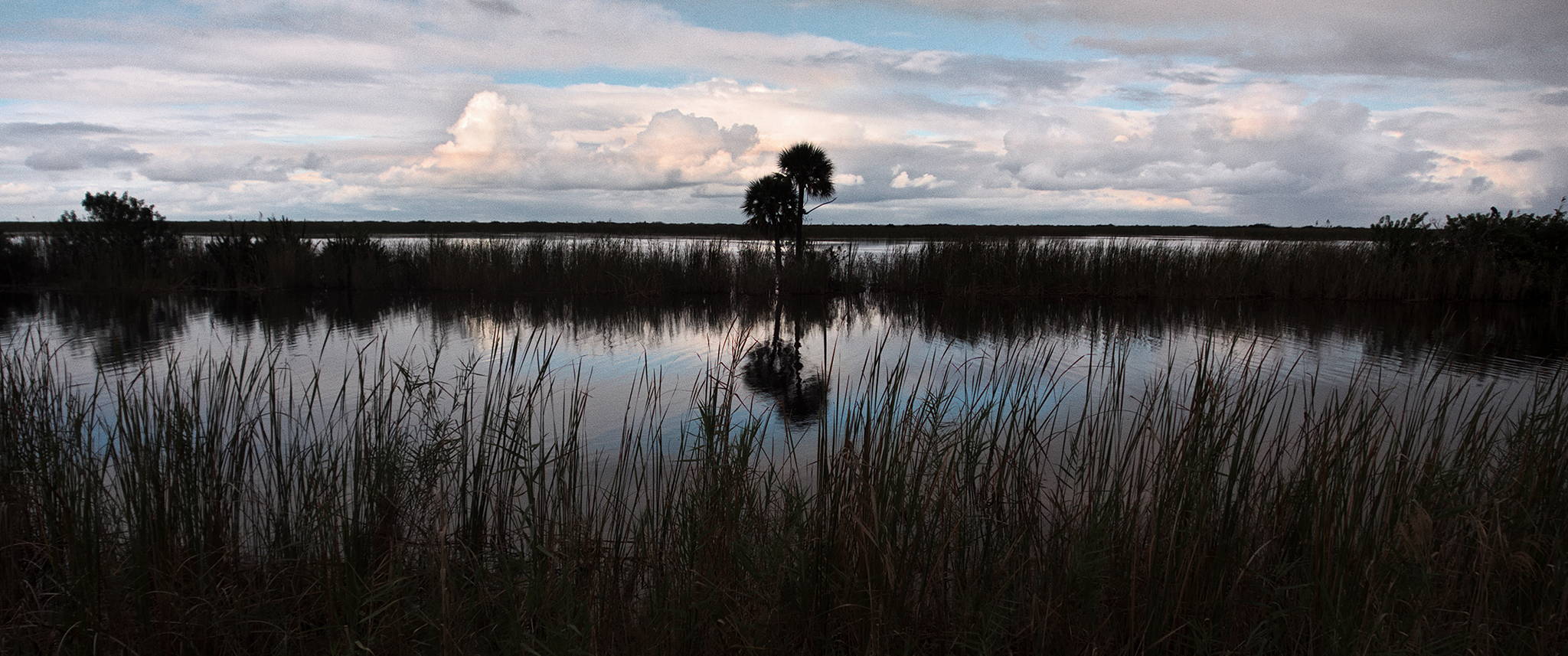
a new website
posted on
by
patdavid

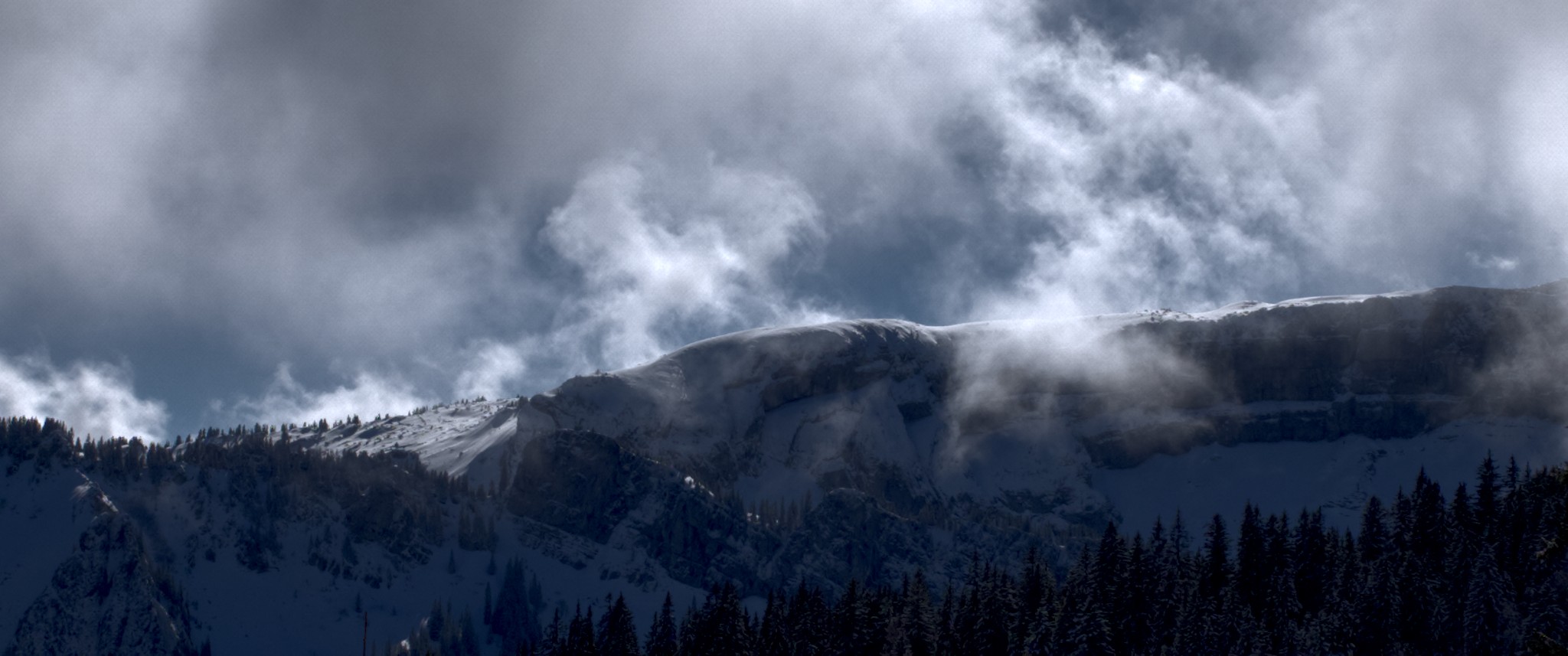

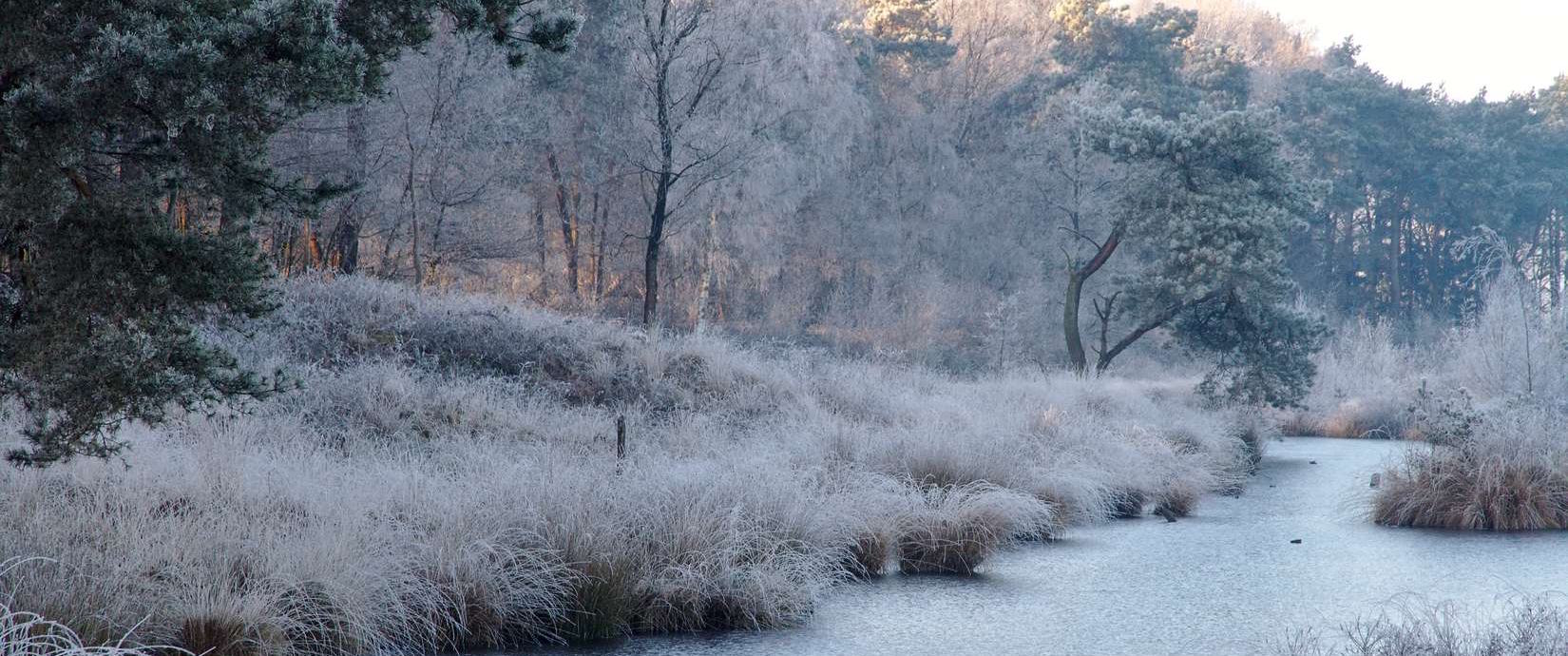
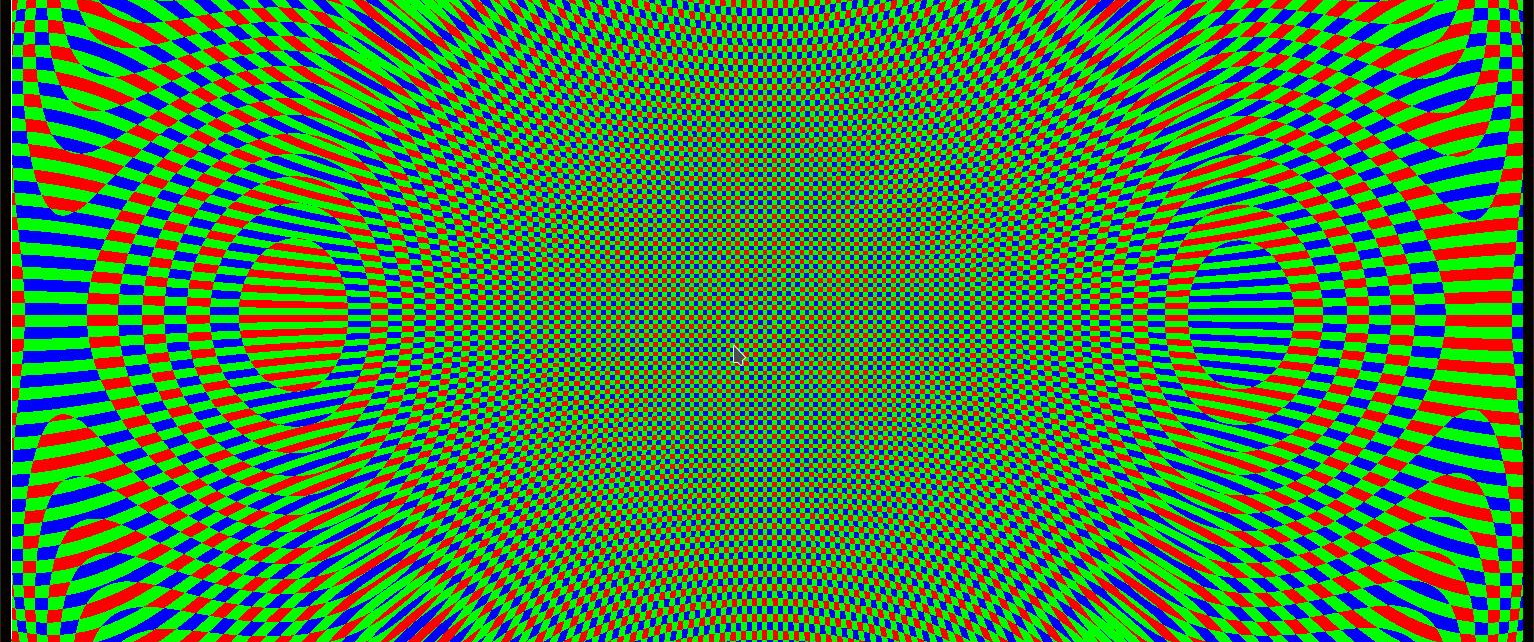
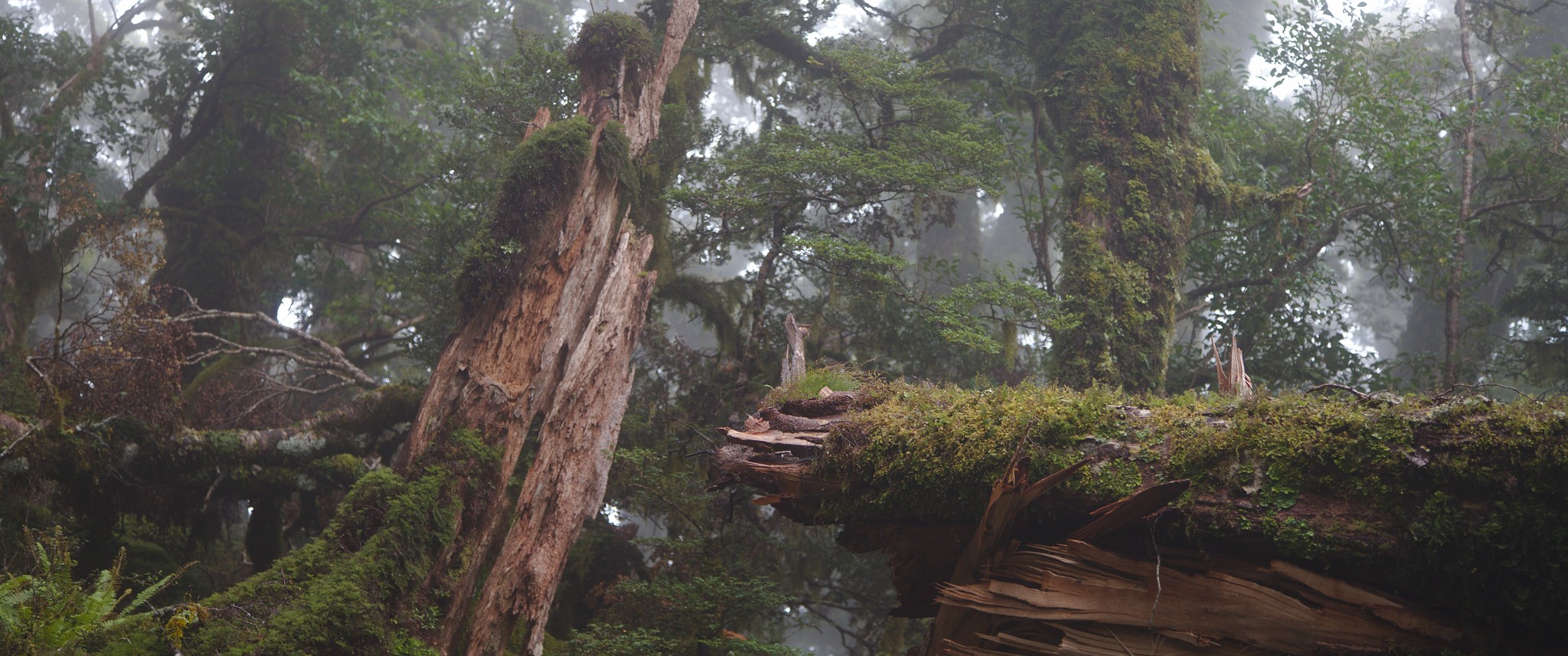
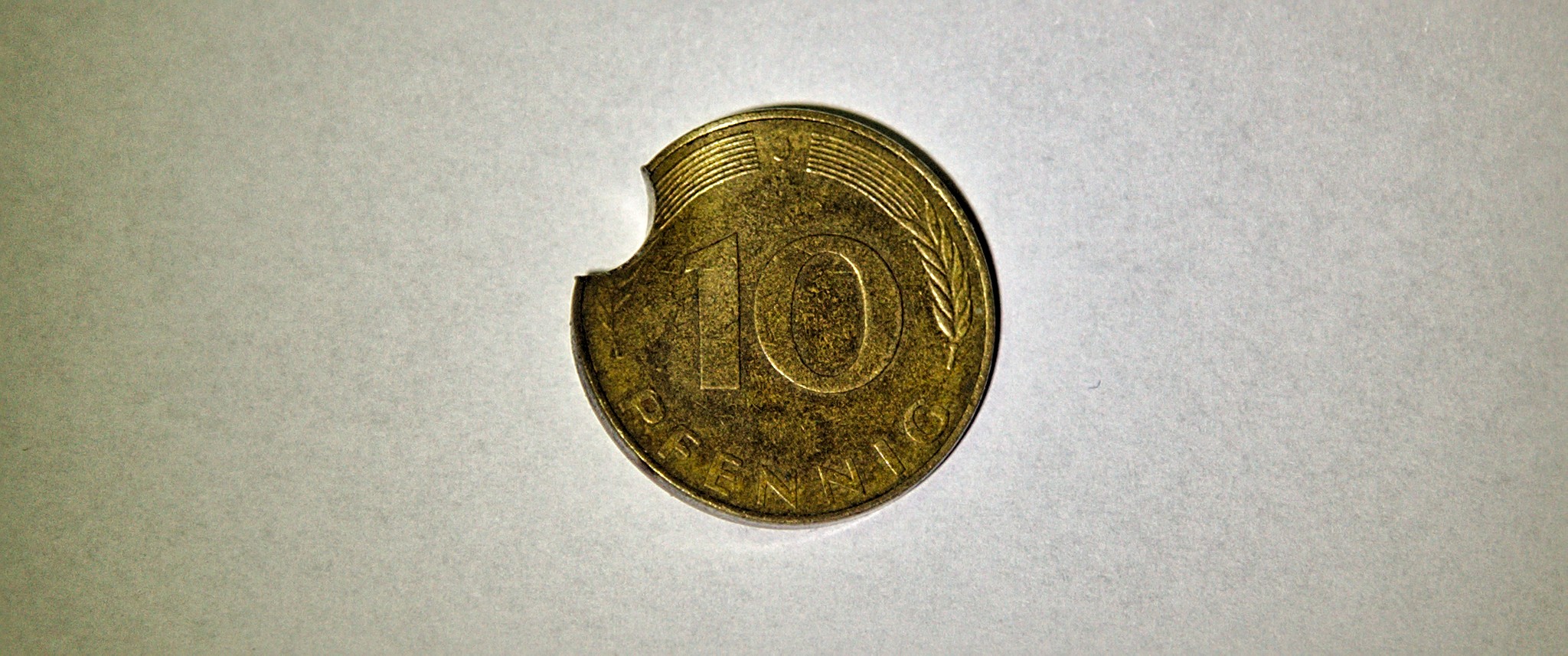
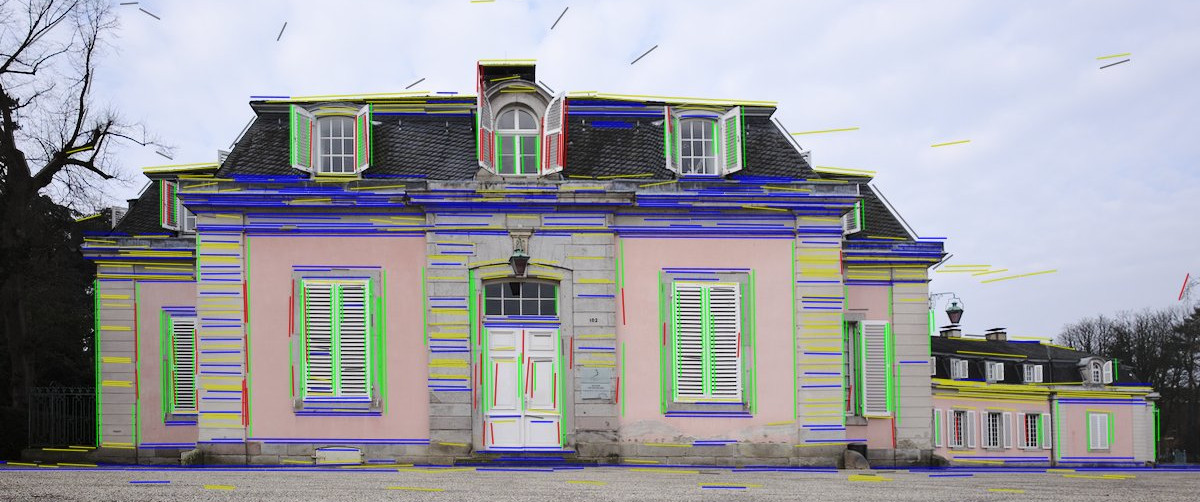
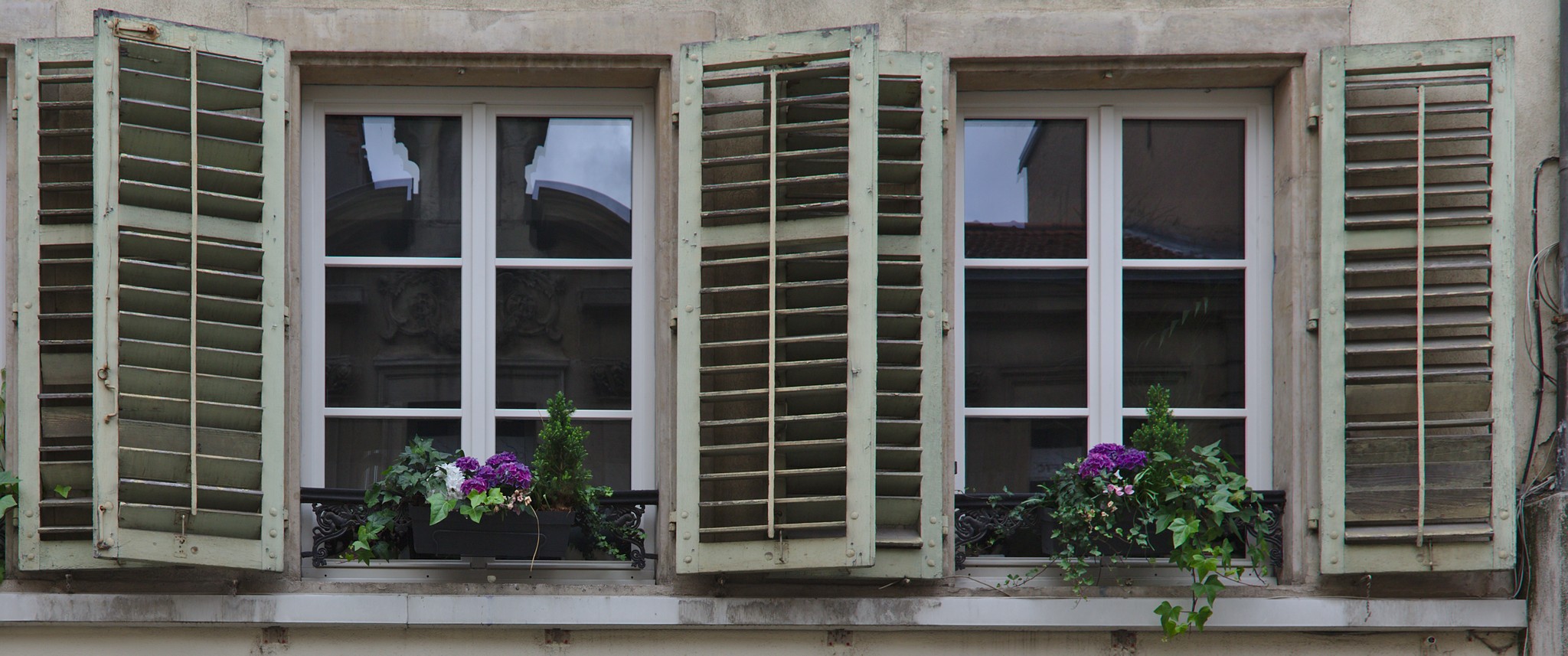
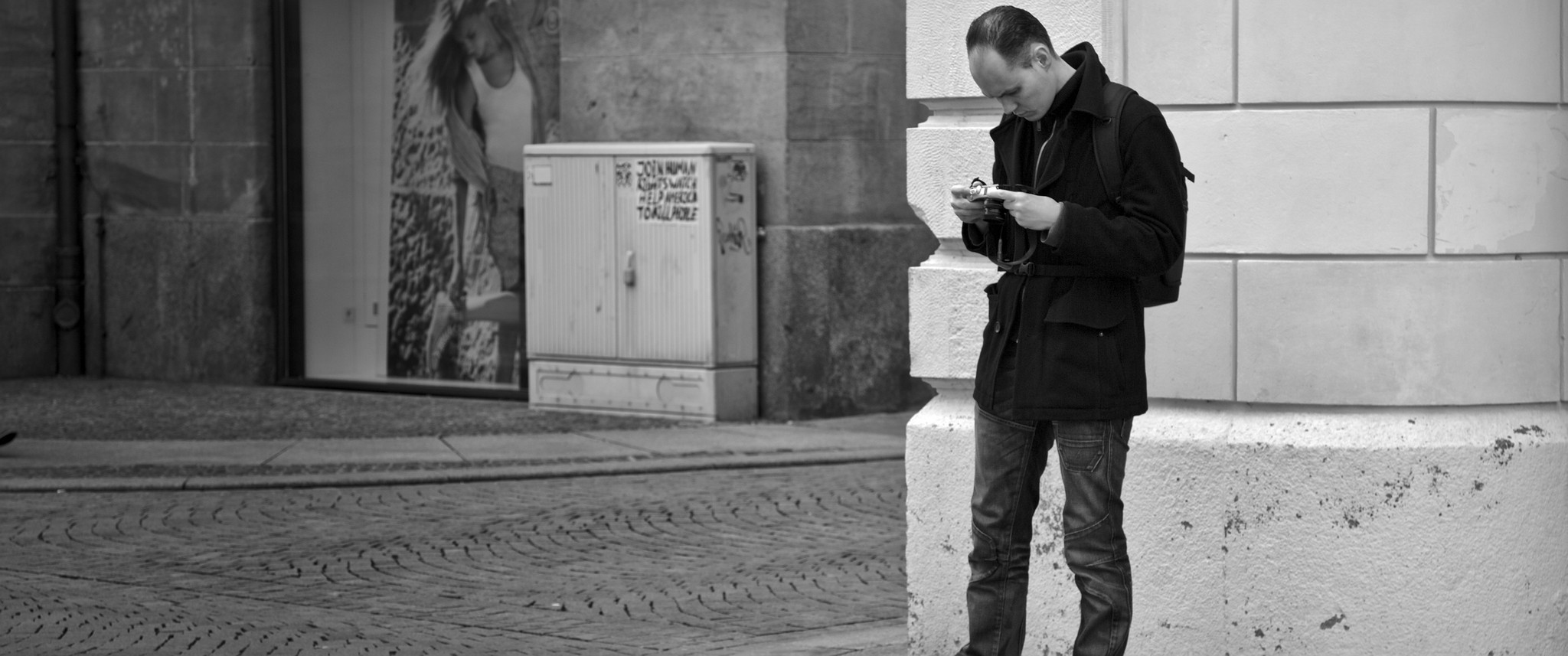
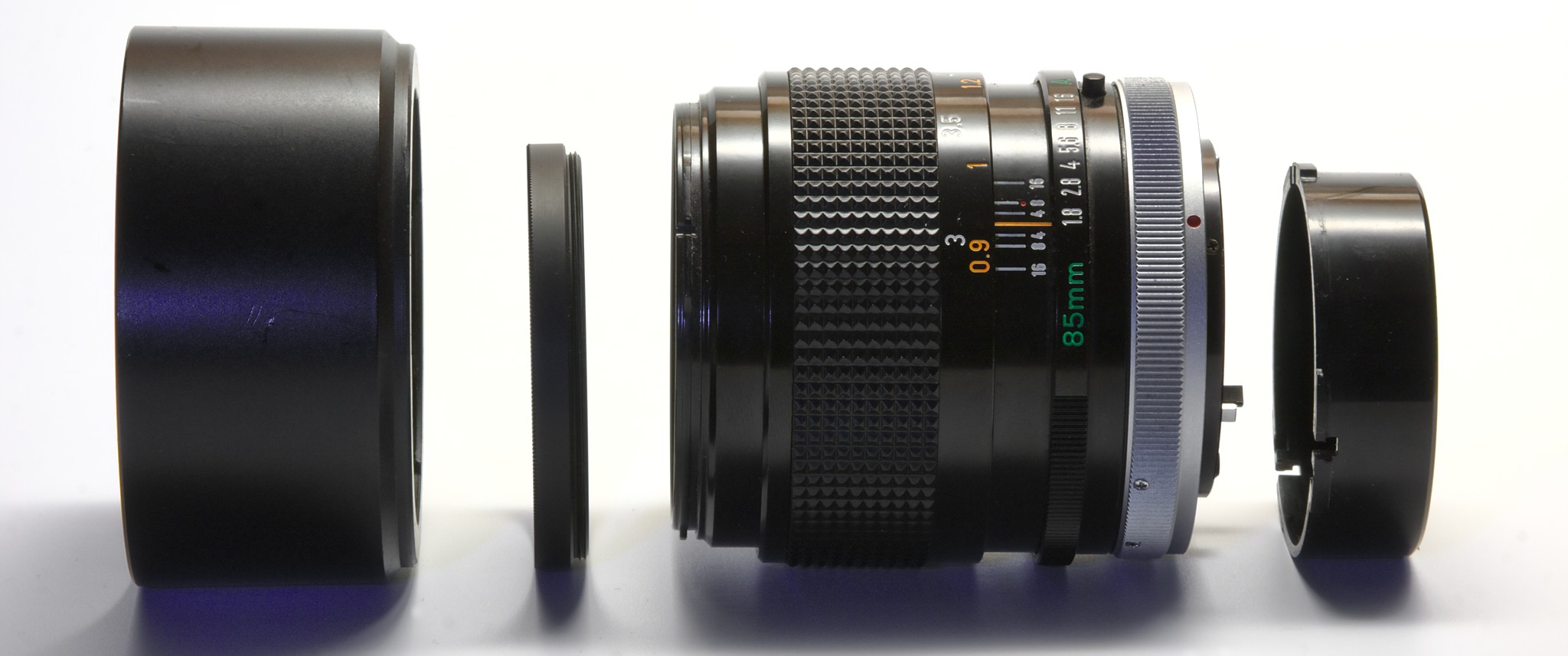

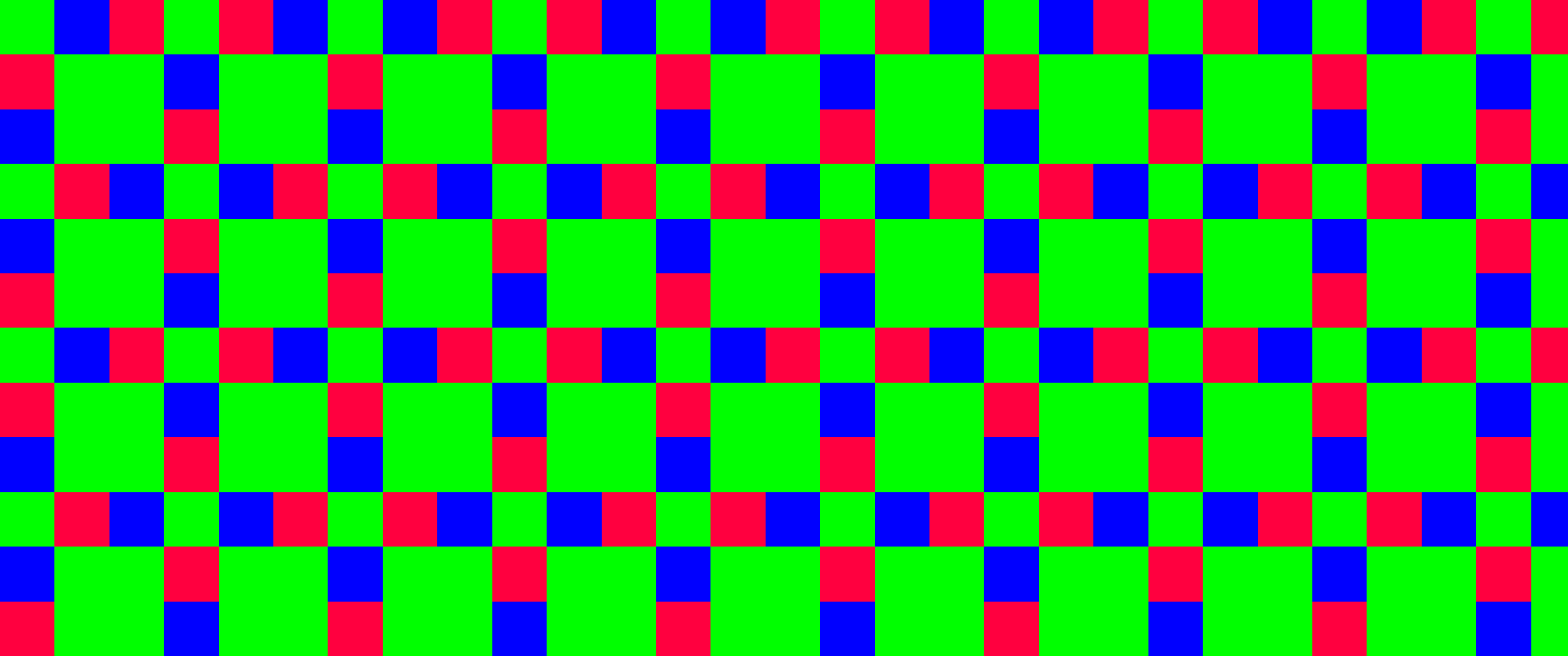
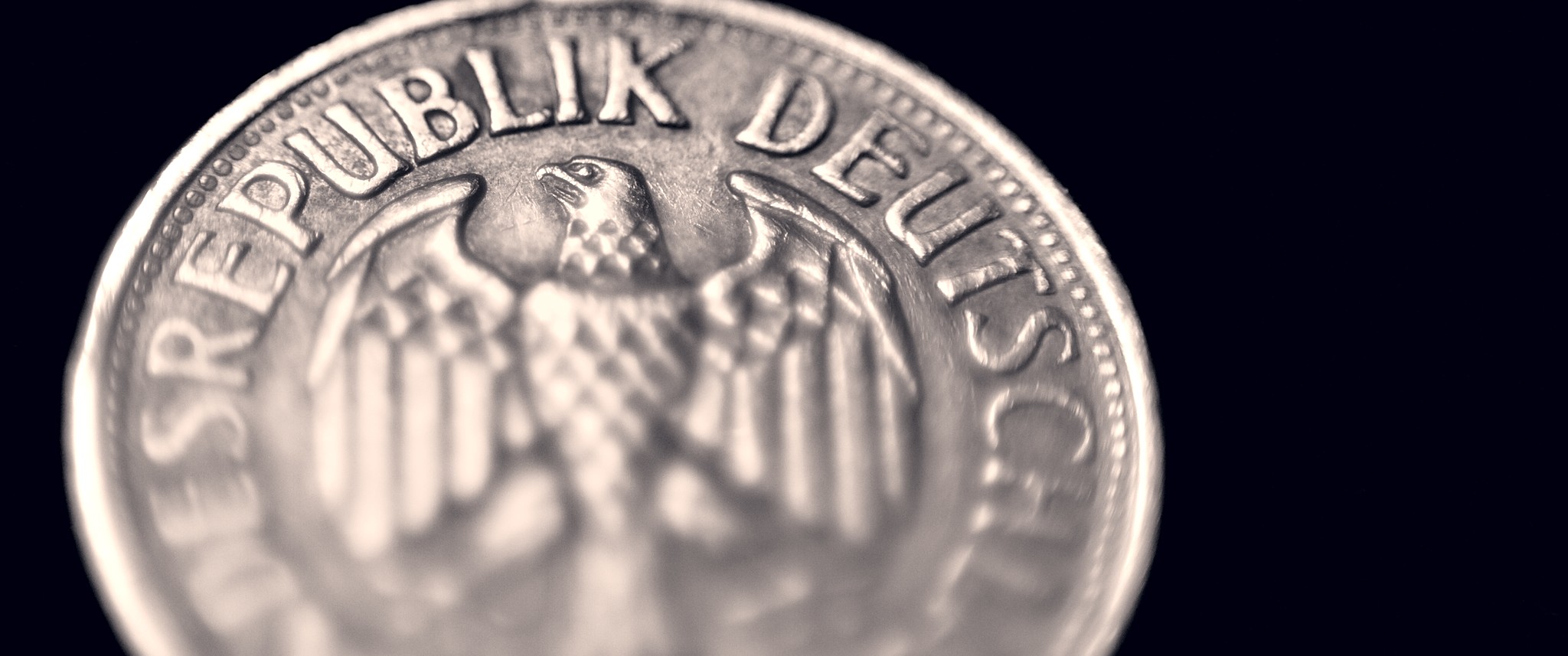
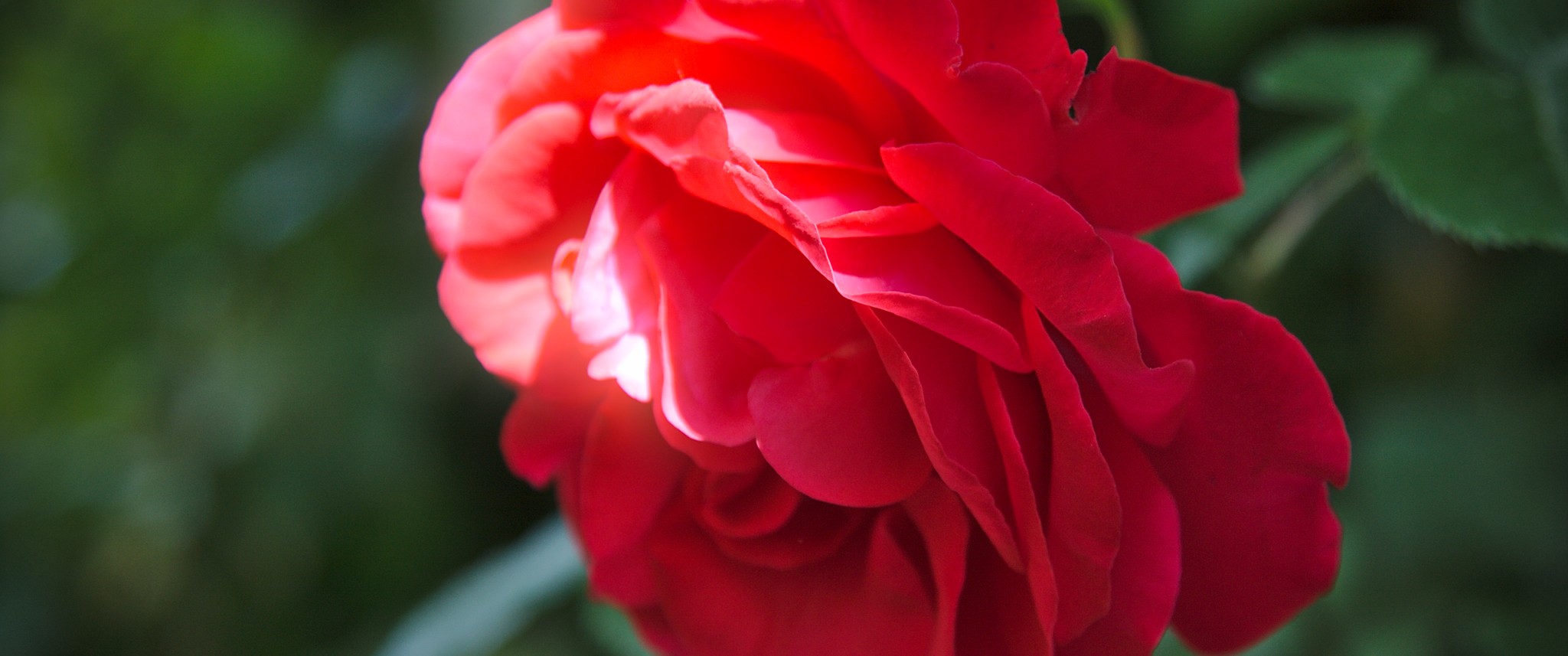
 Figure 1: the gradient test image – follow the link, download and play with it in darktable People using image editors or similar (raster) graphics editors are probably familiar with histograms. You also have them in almost all digital cameras. In darktable you can find it very prominently in the top right corner of darkroom mode, but also as a backdrop of modules like levels, tonecurve and similar.
Figure 1: the gradient test image – follow the link, download and play with it in darktable People using image editors or similar (raster) graphics editors are probably familiar with histograms. You also have them in almost all digital cameras. In darktable you can find it very prominently in the top right corner of darkroom mode, but also as a backdrop of modules like levels, tonecurve and similar.